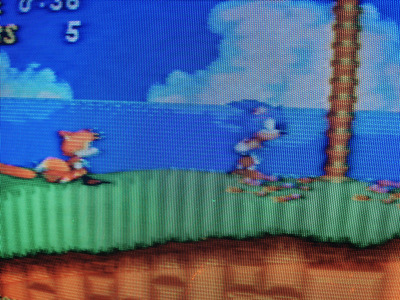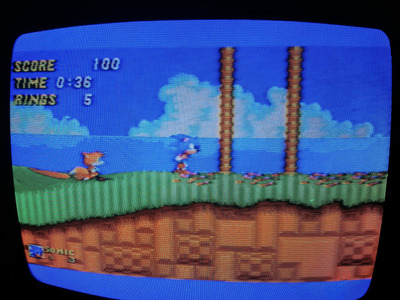kdr wrote on 2022-09-29, 04:49:
Lylat1an wrote on 2022-09-27, 21:27:
At this point, I'll be happy if the thing turns on after I recap it.
It's actually very rewarding to play around with an IBM PC and its basic CGA graphics. The best part about CGA is that the games are perfectly playable using the composite video output because all you need is a regular television set, no special monitor required. And some of the games were even specifically designed to be played on a television set because they use "artifact colours". Plus, it's the original IBM PC games that are hardest to play on a more modern DOS machine: they assume a fixed 4.77mhz CPU speed, often come as "booter" games that don't even use DOS, and play tricks with the CGA hardware that most EGA/VGA cards can't emulate.
I second this, that's why I'm using both CGA and Hercules in my Nixdorf 8810 M35.
The Hercules is nice for professional applications like Windows 3.0,
while CGA is useful for games and simple applications without Hercules support.
That being said, I'm using monochrome monitors for both. 😁
The monochrome output with CGA is so much more eye-friendly. 😉
Anyway, if you're interested in a nice artifact experience, please consider two things.
a) There's Composite CGA in the form of hacked low-res text-modes (160x120 or something) and there are artifact colors.
Artifact colors are an NTSC thing and not bound to CGA's video modes.
These artifact patterns would work with VGA, too, if VGA was outputting to an NTSC TV.
The Apple II used artifacts, too. Which is fascinating, because the European model allowed artifact colours on PAL monitors, somehow!
The PAL versions had some extra chips installed for conversion.
b) Video output to a real TV via RF cable (VHF/UHF) might make low-res graphics more natural.
So if you've got an RF modulator or an old VCR lying around..
It's worth using it to convert composite video to RF.
That way, you can try out a real 1960s/1970s NTSC TV.
As it was used in the Atari 2600 and pong era.
Seriously, an RF connection doesn't need to be fuzzy and grainy. If the RF modulator is stable (it is, in a VCR) and if the TV has an AGC..
Here's an example (PAL system, though).
It's blurry/filtered, but less ugly/fuzzy than the average composite video also:
Source: Re: Amstrad Mega PC
@mkarcher Thanks a lot for taking your time for replying and your excellent explanation.
Not all people do respond so respectfully, also. Kudos to you. 🙂👍
"Time, it seems, doesn't flow. For some it's fast, for some it's slow.
In what to one race is no time at all, another race can rise and fall..." - The Minstrel
//My video channel//

